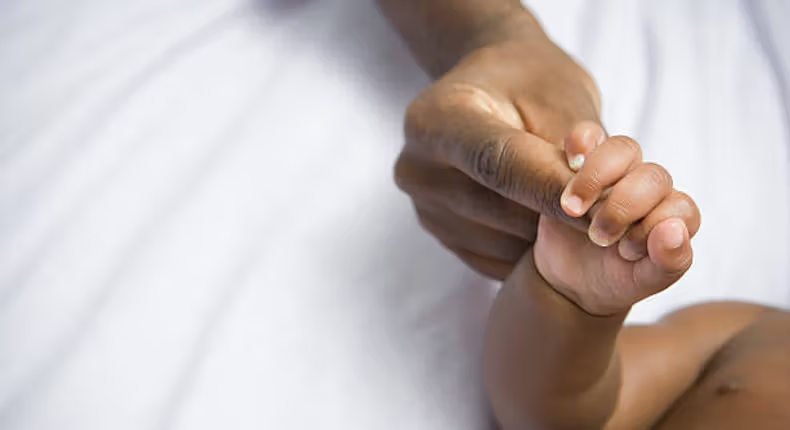If you’ve ever held a baby’s hand, you might be surprised by the strength of their grip, which seems unexpected given their small size. This impressive grip comes from an instinctive reflex known as the palmar grasp reflex, an essential part of a newborn’s development.
PALMAR GRASP REFLEX
The palmar grasp reflex is an involuntary reaction present from birth. When you place your finger or an object in a newborn’s palm, they instinctively wrap their fingers around it tightly. This reflex begins developing in the womb and can be observed as early as the 16th week of pregnancy.
HISTORICAL SIGNIFICANCE
This strong grip serves as a survival instinct inherited from our ancestors. In ancient times, newborns needed to cling to their parents for safety, helping them stay close and protected from danger. While this instinct is less critical in modern life, babies are still born with it.
STRENGTH OF THE GRIP
The surprising firmness of a baby’s grip is due to the involuntary nature of the reflex. When triggered, the baby’s brain sends signals to the muscles in their hands, causing a strong contraction. Since this reaction occurs without conscious control, the grip can feel stronger than expected.
DEVELOPMENT OVER TIME
As babies grow, the palmar grasp reflex gradually fades, typically disappearing by 5 to 6 months. During this time, they start to develop voluntary control over their grip, allowing for intentional grabbing of objects, which aids in hand-eye coordination and fine motor skills.
ENCOURAGING GRIP DEVELOPMENT
Parents can encourage their baby’s grip by engaging in simple activities. Placing objects in their hands, offering toys that are easy to grasp, and allowing them to grip your finger can all help strengthen their hands and improve coordination. As babies become more aware of their surroundings, they will begin intentionally reaching for and grabbing objects, further supporting their development.

